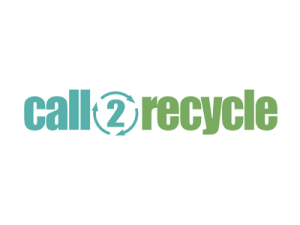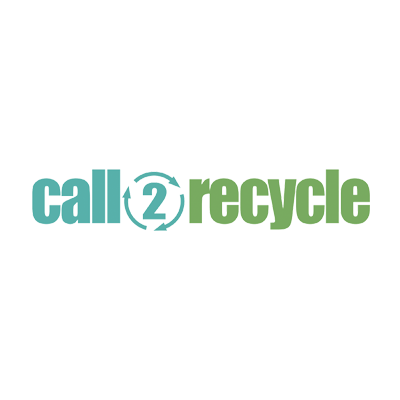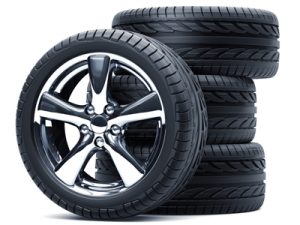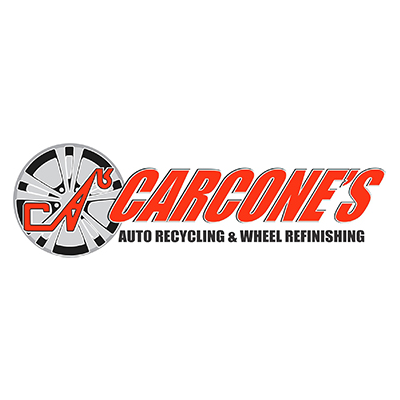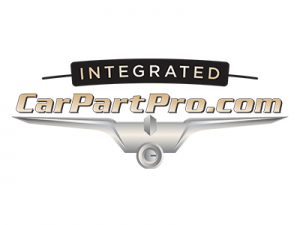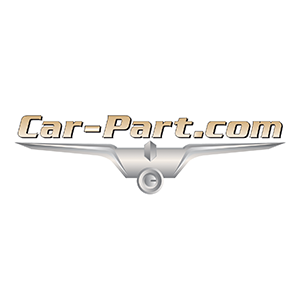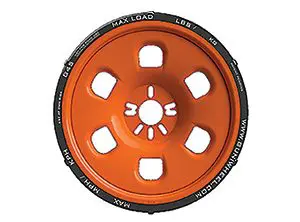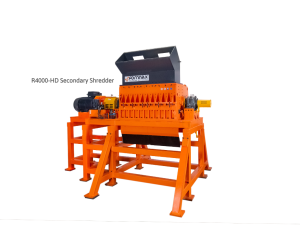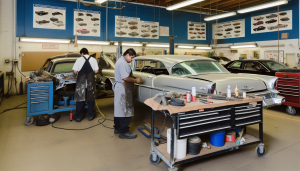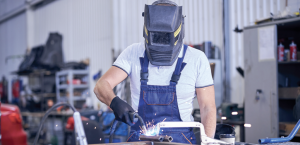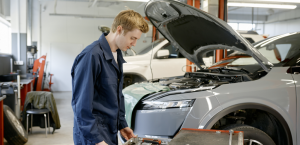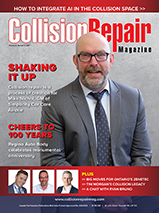REGENERATING RESOURCES
SPARKING A GREENER HORIZON
ACCORDING TO THE AUTOMOTIVE RECYCLERS OF CANADA, AN ESTIMATED 1.6 MILLION VEHICLES ARE TAKEN OFF THE ROAD EACH YEAR. ON AVERAGE, 85 PERCENT OF A VEHICLE’S WEIGHT CAN BE RECYCLED OR REUSED
With global demand for environmental awareness continuing to grow, auto recycling has had to keep pace. While the stereotypical image of the scrap yard may be a place for parts past their prime, auto recyclers know that the potential for resource conservation, energy savings and waste reduction is nothing to shake a wrench at.
According to the Automotive Recyclers of Canada, an estimated 1.6 million vehicles are taken off the road each year. On average, 85 percent of a vehicle’s weight can be recycled or reused. Even with just 15 percent of that volume going to landfills, that’s still roughly 408 kilograms of wasted material.
Clearly, there’s more work to be done. Luckily, auto recyclers and the automotive recycling industry are up to the task. This year alone, the growth of electric vehicles on the road has led to an increased effort in battery and parts recycling. During Collision Repair magazine’s Toronto EV Repair Tour, Joseph Chung from Call2Recycle outlined how the notfor- profit organization is equipped to pick up and transport hazardous materials and can take steps to provide “safe logistical transport and removal.”
Similarly, in September, Li-Cycle has continued to advance its efforts in creating a continuous economy of resources. While 2022 may have presented challenges for the continuing implementation of the EASR regulation for auto recyclers (as according to the Ontario Automotive Recyclers Association), horizons are a little greener as automotive recycling continues to develop.
Turn to some top-notch tools that will help in efforts to achieve some R and R (reducing and recycling that is).
-

IBQ-4T
Read more0 out of 5 -

Call2Recycle – Recycling Program
Read more0 out of 5 -

Wheel Refinishing Services
Read more0 out of 5 -

Integrated Car Part Pro
Read more0 out of 5 -

LKQ Recycled OEM Engine
Read more0 out of 5 -

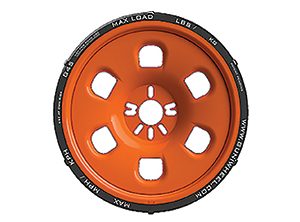
Guniwheel Universal Tire and Wheel Mounting System
Rated 4.00 out of 5Read more0 out of 5 -

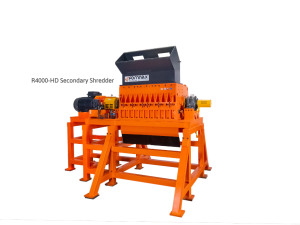
Secondary Shredder R4000-HD
Read more0 out of 5





